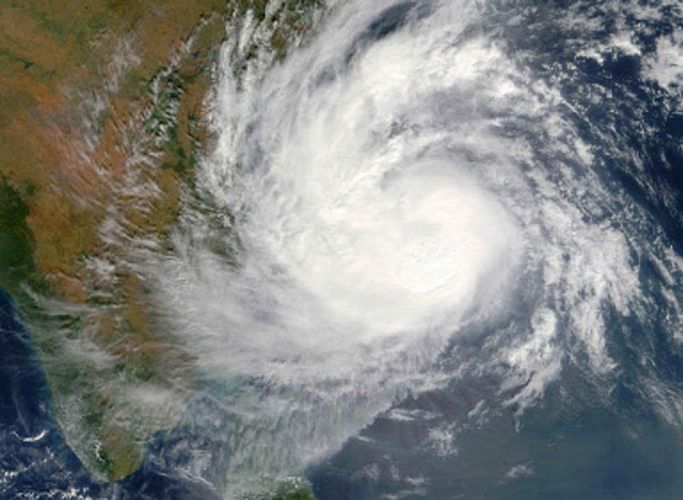
Cyclones are deadly weather events that cause severe damage to life and property. And so, the naming of cyclones might seem insensitive or juvenile. The purpose behind naming cyclones, however, is to distinguish one cyclone from another.
The practice of naming cyclones dates back several centuries when cyclones were usually named after Roman Catholic saints. The Padre-Ruiz Hurricane of 1834 for instance, was named after a recently deceased Catholic saint in the Dominican Republic. The San Felipe Hurricane of 1876 is another example of a cyclone named after a Catholic priest.
During 1944, the United States Army Air Forces forecasters at the Saipan Weather Center started naming storms or hurricanes after their wives or girlfriends. The United States Weather Bureau, however, dismissed the idea of naming Atlantic hurricanes as they felt that the idea was silly and inappropriate.
During August and September 1950, three tropical cyclones occurred simultaneously and impacted the United States, which led to confusion within the media and the public and that's when the practice of naming cyclones in public statements came into existence.
The practice of using women's names to name cyclones was officially adopted in 1953. The US Weather Service adopted a new phonetic alphabet from A to W leaving out a few letters. Protests against the usage of female names eventually led to changes in naming to include men as well.
The names of cyclones in the Atlantic and Pacific regions are recirculated every six years. The only exception is when a storm claims lives or results in huge property damage, in which case the name is retired.
Presently, cyclones are named by various meteorological bodies based on the coordinates on which the storm is formed. These include the United States National Hurricane Centre, United States Central Pacific Hurricane Centre, Japan Meteorological Agency, Mauritius Meteorological Services, Fiji Meteorological Services, Indonesian Agency for Meteorology, Climatology and Geophysics, Papua New Guinea National Weather Service and the Indian Meteorological Department.
The process of naming cyclones is slightly different in the Indian Ocean belt. In 2004, eight Asain countries came together and contributed a set of names to be used for naming cyclones in the future.
Cyclone Fani, which is expected to bring heavy rainfall to the Indian coast this year was named by Bangladesh. The next cyclone will be named Vayu, a name contributed by India.